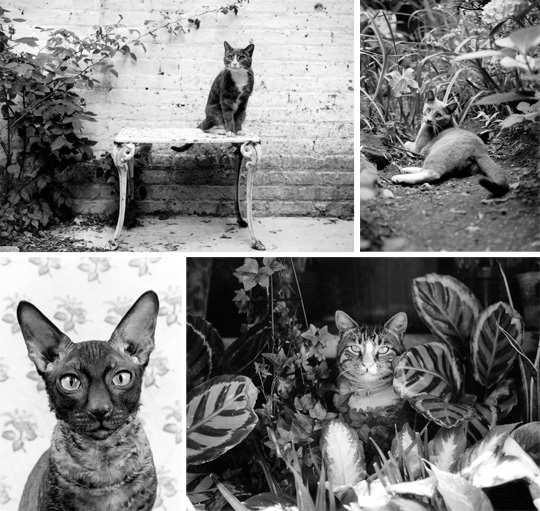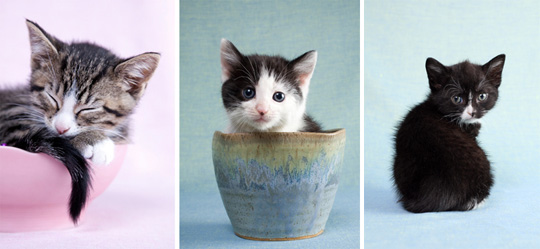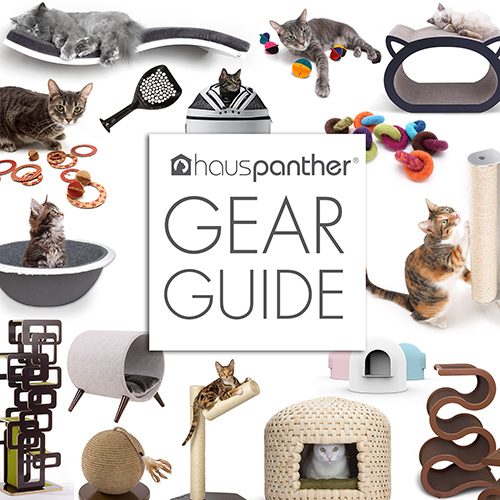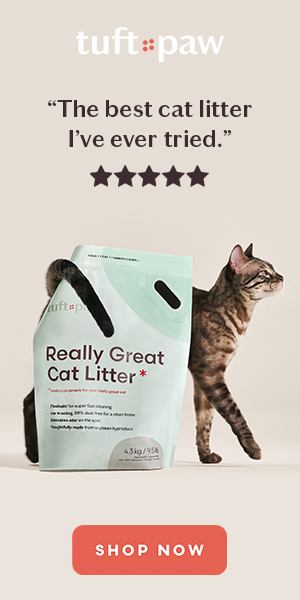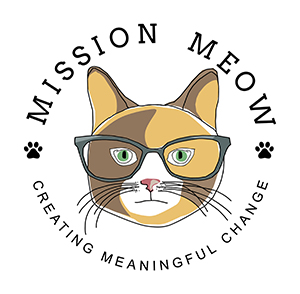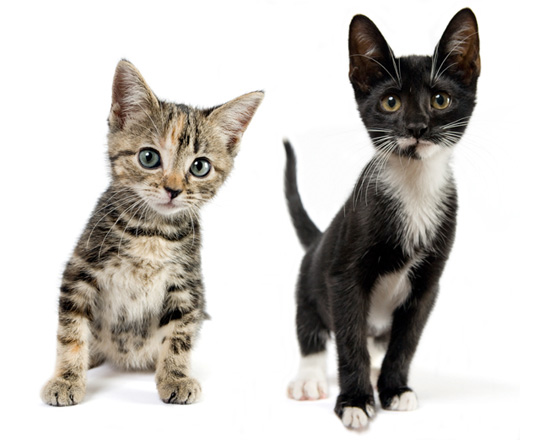
For our next cat photography Q & A we have New York city-based photographer Brooke Jacobs. Brooke has been photographing pets for years and shares her experience with us today.
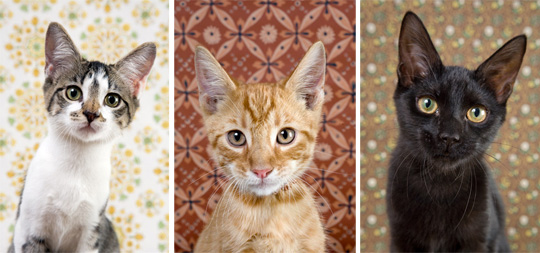
How long have you been photographing pets and how did you get started?
After graduating with a degree in photography from Bard College, and moving to NYC, I continued to do my documentary photography while working in the industry. After several years I knew I was uninterested in the typical commercial end of photography and knowing I couldn’t make a living off my documentary work, I started thinking outside the box. Many of my photographs at the time, all done on the streets of NY, included animals and their relationship to the scene at hand. I started focusing specifically on pet portraits in 2003, after having my first dog portraits published in an address book and box set of cards. The joy of seeing my work published and the privilege of capturing images I know will be cherished for years to come sealed the deal for me.
What kind of pet photography do you do? Do you have a specialty?
While I would say I do any kind of pet photography, I do specialize in traditional portraiture, capturing the pets emotional and expressive sensibilities. There are two sides to my work. Half of my work (less so during the winter season) is done in the pets natural environment, park or home and the other half is studio, where I focus on creative ideas and traditional portraiture work.
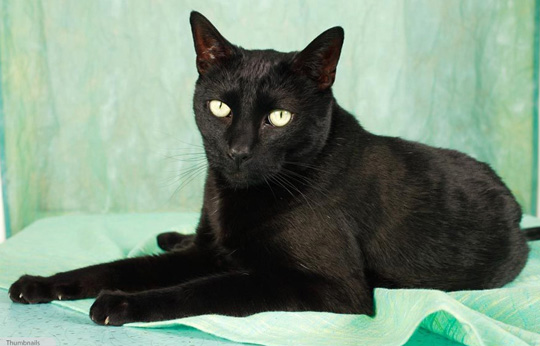
Do you do anything special to prepare for a photo shoot with a cat?
Yes! Cats are particular and it is important that the cat wants to participate. I tend to work in areas the cat is comfortable with (favorite chair/couch) and create a calm and quiet area. I like to set up my equipment first then relax on the floor and learn a little about the cat. If the cat likes treats and play, they are ready and willing to follow my lead and go where the fun is. Occasionally there is a cat that doesn’t care for either and I have to win them over with love, patience and lots of petting.
What was the most challenging cat photo shoot you have done? Any funny stories?
Being a cat person, I love working with cats because they are a challenge and I get a kick out of their quirky ways. One thing pet photographers have in common is not only their love for animals but an excitement for a challenge. You NEVER know what is going to happen and that is the fun and uniqueness of every shoot. That said, most of my cat shoots have gone well. I had one kitten that was very shy and cowered down and looked miserable. I turned him around so he wasn’t facing me or the ‘action’ and got one shot of him peaking back before he jumped off the set, hid and was left alone. That shot is one of my all time favorite images. [little tuxedo guy on the blue background below]
I’ve only had one case where the cat hissed the whole time, and boy did I get a great shot of that. I had a friend bring her new kitten Princess over for a studio shoot — I tend to only work with kittens in studio since most cats don’t like to be taken out of their element. She was a little older than I was told (or they knew) and wasn’t happy about this new experience at all. As she jetted off the set, I was sure I saw something extra under her tail and asked them how they knew their Princess was a Princess and not a Prince? They said they had gone to the vet and they knew she was a she. As they left, I mumbled under my breath good-bye Prince (pause) ess. Found out a week later that Princess was a Prince after all.
Do you have any tips for readers about how to take great photos of their cats?
I have several tips. If your cat needs grooming, groom him/her before the shoot. If grooming is an ordeal for the cat do it a day or two ahead of the shoot so there is no drama the day of the shoot. The shoot should be a fun time to bond with your cat and be a positive experience filled with love, treats, toys and patience.
I have lighting equipment that doesn’t flash right in front of a cats face. If you are using a point and shoot, turn the flash off and choose an area that gets good natural light. That area should also be clutter free.
Cats don’t like being forced to do things so make sure you keep it fun and interesting for the cat (and yourself) with treats and toys and laughter. If your not having fun, your cat isn’t having fun!
